In this short video, travel with Lonely Speck to Alabama Hills, California to demo the SharpStar2 in the field to achieve perfect critical focus on the stars.
It’s been a little while since we started shipping the SharpStar2 in February of 2016. The feedback from our customers since then has been overwhelmingly positive and we’ve shipped SharpStar2s to 37 different countries around the world. When we first made the SharpStar2, we had our hands full with orders and shipping so I never got to finish my video of how the SharpStar2 works in the field, falling back on my old SharpStar video. The operation of the new SharpStar2 is still identical to the original SharpStar but it’s significantly more effective and I really wanted to make a video that showcases the real user experience of the SharpStar2.
Focusing at night can still be a big challenge when photographing at night and the SharpStar2 is a tool that can make a huge difference in the process and boost confidence and reliability of focus. To demonstrate the SharpStar2 for this video, Diana and I traveled out to one of our all time favorite spots: Alabama Hills, California to shoot some photos of the Milky Way and really put the SharpStar2 to the test. Join us in field as we shoot some night photos of the Eastern Sierra Nevada mountains and the Alabama Hills with the use of the SharpStar2.
The Resulting Shot
The final shot made that night with the aid of the SharpStar2 was a two-row 12 frame panorama (tutorial) with 4 exposures stacked per frame for a total of 70MP. Detail in the shot is extremely fine tuned as a result of the use of the SharpStar2. I processed it exclusively with my latest premium preset pack: Film Speck Pro. I think it’s one of my favorite shots of Alabama Hills so far!
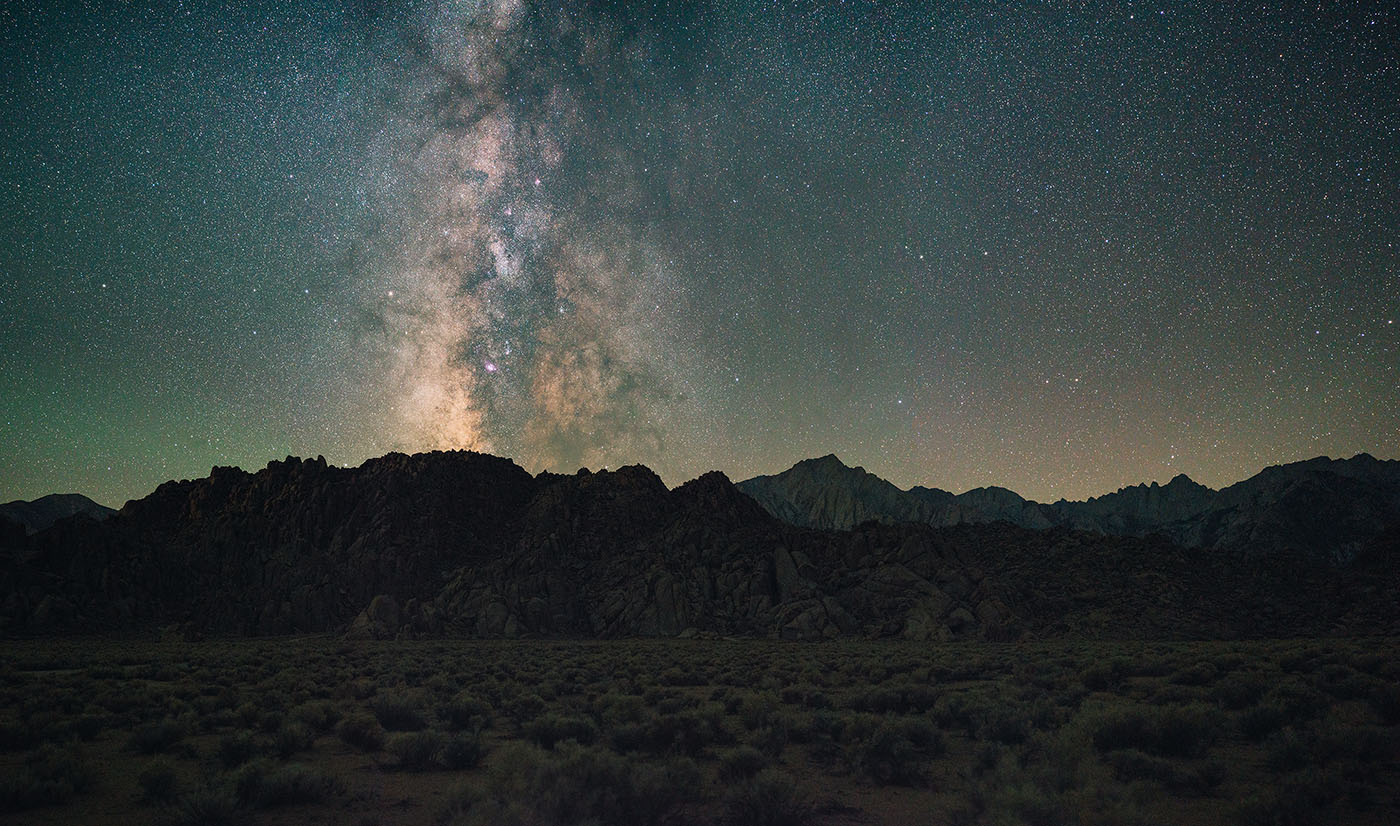
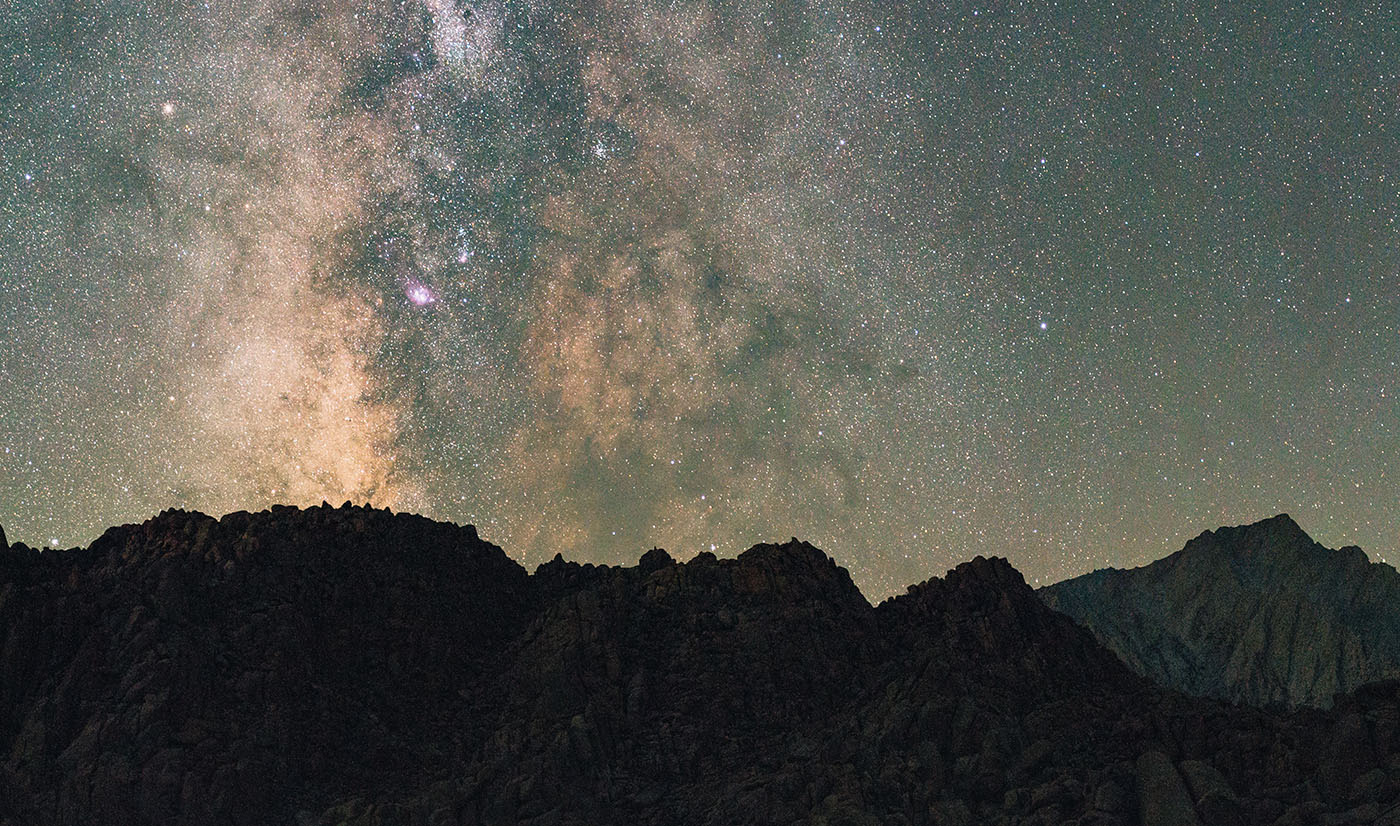
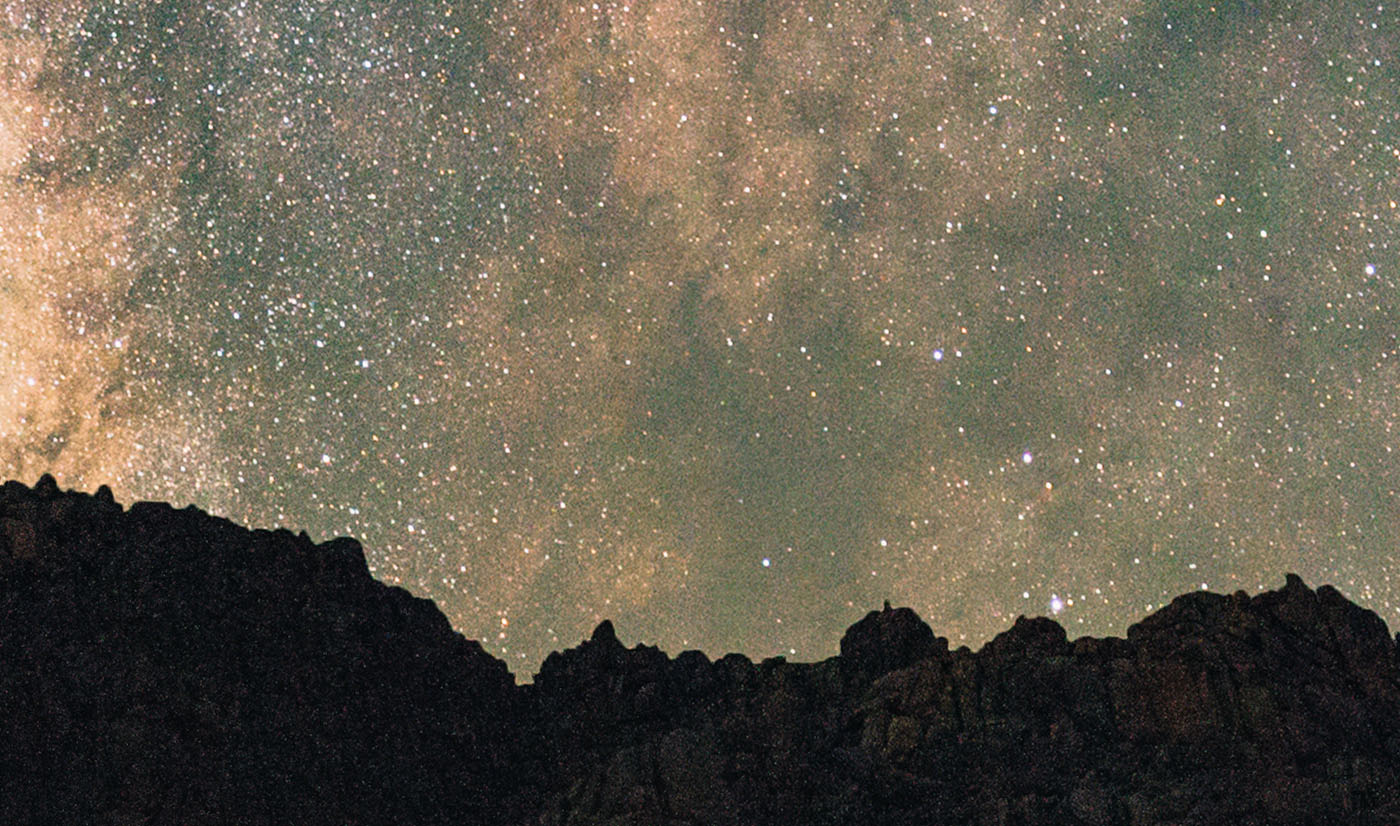
Equipment
In this video, we tried out some new equipment, namely the Zeiss Batis 18mm f/2.8 and a borrowed a7S body (thanks Rick!) as the “model camera” for the dusk/blue hour shots, filmed with the Mitakon 50mm f/0.95. Some opening shots of our drive up were made with the OnePlus 2 smartphone and the Feiyu G4 Pro Gimbal. The demonstration was filmed with the RX100III and the SharpStar2 was used on the Sony Zeiss FE 55mm f/1.8. I would have loved to have filmed the whole video on the Mitakon f/0.95 but I only had one camera body available by the time we were able to get to the demo. All of the video footage of the focusing process is actual live view recording from the a7S.
Sony a7S
Sony Zeiss FE 55mm f/1.8 + SharpStar2
Zeiss Batis 18mm f/2.8
Mitakon 50mm f/0.95
Sony RX100III
Sirui T-025X
OnePlus 2
Feiyu G4 Pro Gimbal
Petzl Reactik+ Headlamp
Get the SharpStar2
The SharpStar2 is now shipping worldwide, exclusively from Lonely Speck. Buy it here:
[button font_size=”20″ color=”#c8232b” text_color=”#ffffff” icon=”” url=”https://lonelyspeck.com/sharpstar” width=”” target=”_blank”]Buy SharpStar2[/button]
Credits
Video and photos by Ian Norman and Diana Southern.
Music Credit: Josh Woodward
“I’ll Be Right Behind You, Josephine” by Josh Woodward
“California Lullabye” by Josh Woodward
Free download: http://joshwoodward.com/
This video footage is copyright Ian Norman and/or Diana Southern
To use the video content of this work outside the scope of this license, please email us.
Disclosure
We are a participant in the Amazon Services LLC Associates Program, an affiliate advertising program designed to provide a means for us to earn fees by linking to Amazon.com and affiliated sites. We are also a participant in the B&H Affiliate Program which also allows us to earn fees by linking to bhphotovideo.com.
Learn Astrophotography
Astrophotography 101 is completely free for everyone. All of the lessons are available on the Lonely Speck Astrophotography 101 page for you to access at any time. Enter your email and whenever we post a new lesson you’ll receive it in your inbox. We won’t spam you and your email will stay secure. Furthermore, updates will be sent out only periodically, usually less than once per week.
Help us help you!
Believe it or not, Lonely Speck is my full-time job. It’s been an amazing experience for us to see a community develop around learning astrophotography and we’re so happy to be a small part of it. I have learned that amazing things happen when you ask for help so remember that we are always here for you. If you have any questions about photography or just want to share a story, contact us! If you find the articles here helpful, consider helping us out with a donation.
[button font_size=”16″ color=”#136e9f” text_color=”#ffffff” url=”https://www.paypal.com/cgi-bin/webscr?cmd=_donations&business=lonelyspeckblog%40gmail.com&item_name=These+tips+help+keep+lonelyspeck.com+running.¤cy_code=USD&source=url” target=”_blank”]Donate[/button]
Thanks so much for being a part of our astrophotography adventure.
-Ian
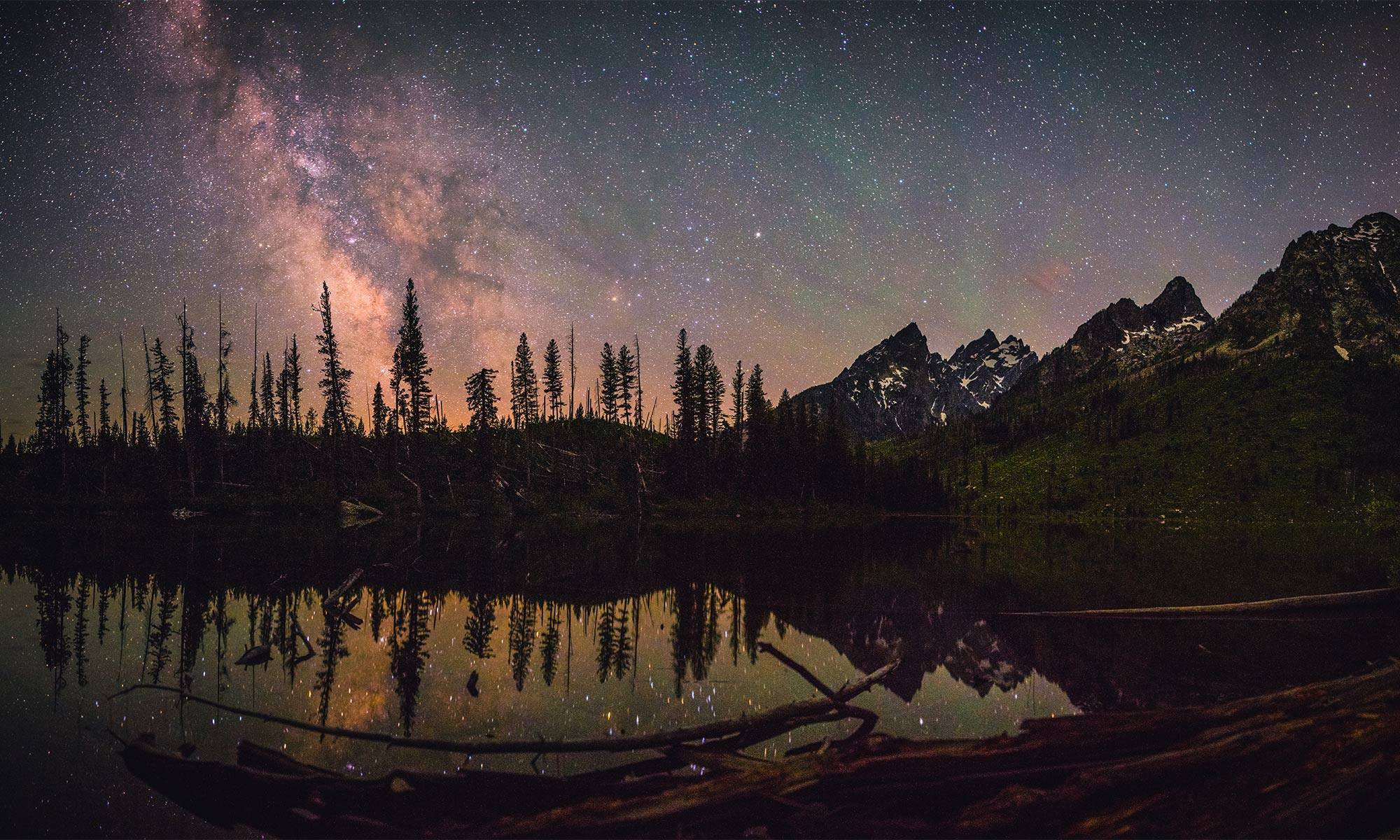
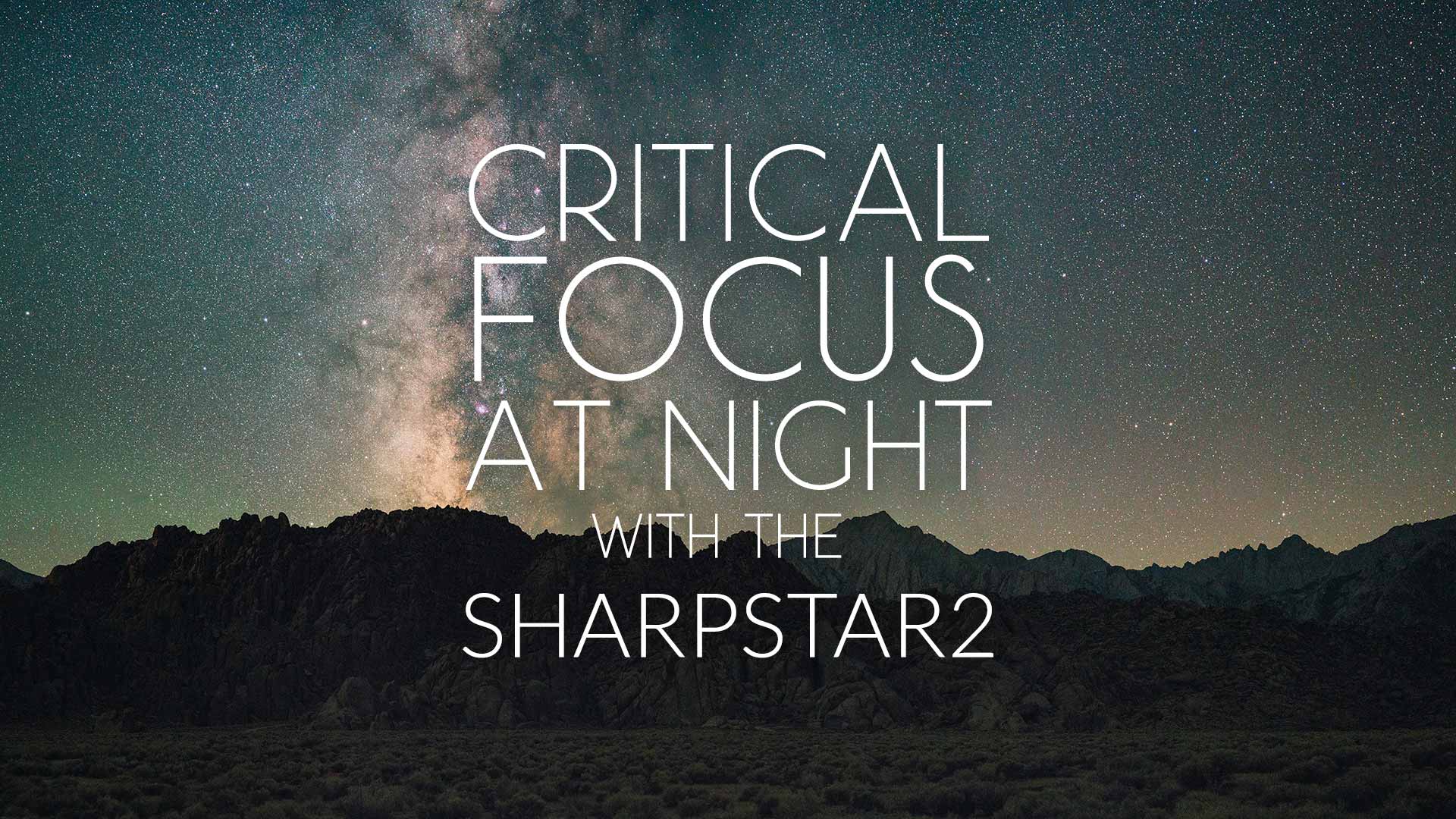
What mounting solution do you recommend to use the 150mm size on the Rokinon 14mm 2.8 MF lens?
Ian,
I have just started to image with an older Nikon D90. I need to find a good lens selection, as of now I have simply an 18-85 mm Nikon DX zoom. Whenever I have taken images thru the my refractor as the lens, or with a the Nikon lens above, focus has always been the issue. The Sharpstar2 seems to be the answer to my questions. But, I got 4 questions:
1). Which ones are available (looks like some are out of stock)?
2. How does one determine the appropriate size to mount to the front of the lens?
3. I am assuming that the appropriate Sharpstar2 focuser purchased to fit a 3” lens OD will
not work for a lens that has a 2 inch OD. Thoughts and suggestions?
4. What measurements are required to determine which filter holder size is required for a particular lens? You see, I am uncertain HOW a holder area fixed to said lens.
Thanks,
TJ
Would this work in a matte box where the distance may by further from the front of the lens versus a Cokin filter holder connected to the front of the lens?